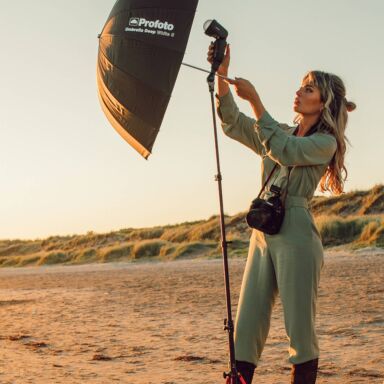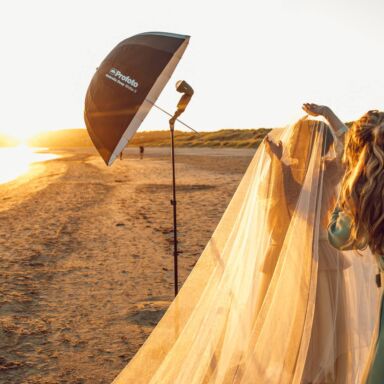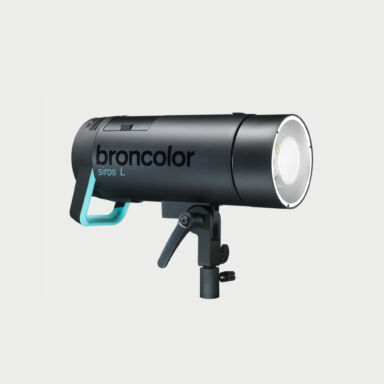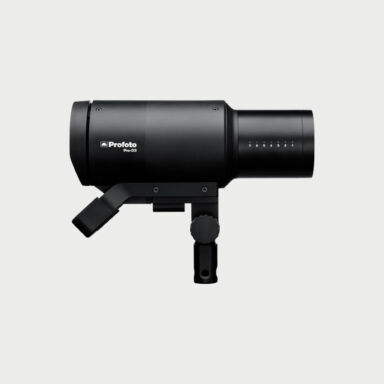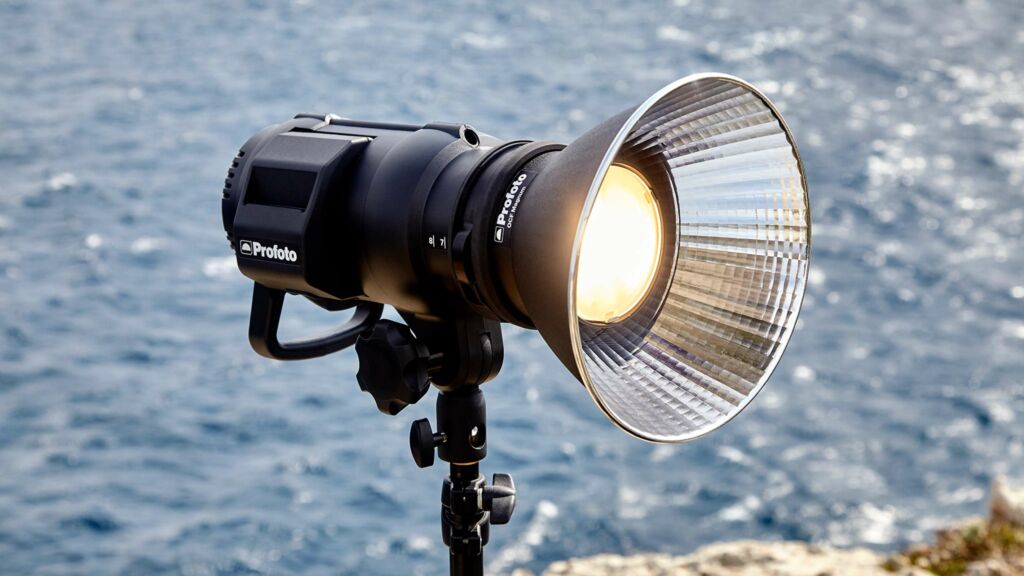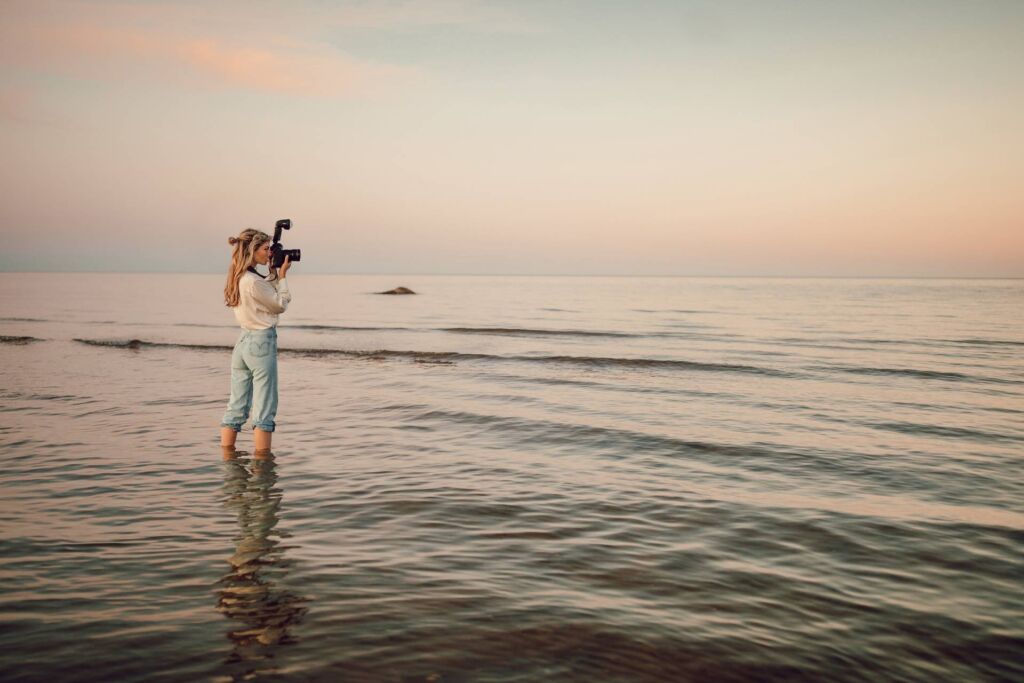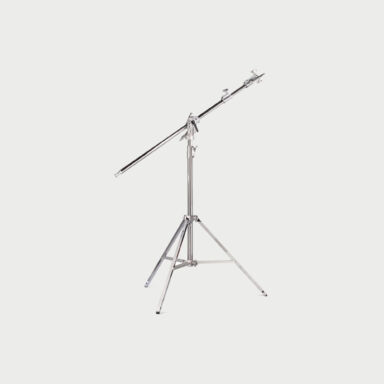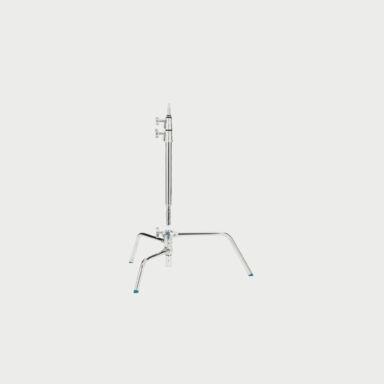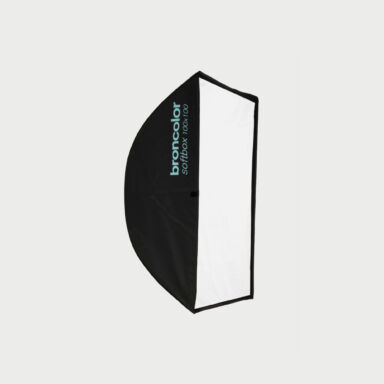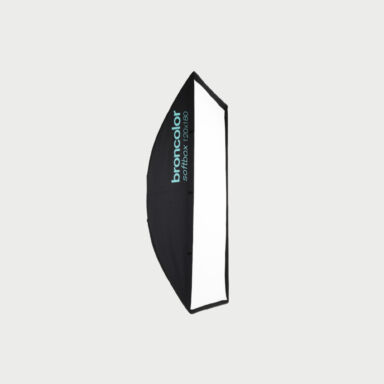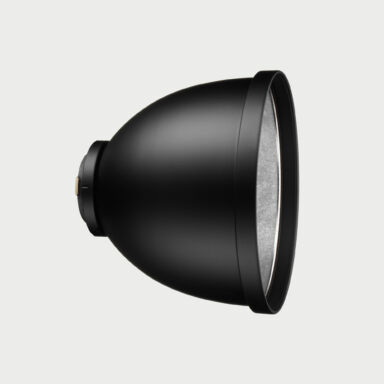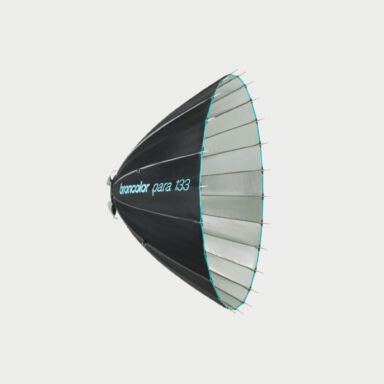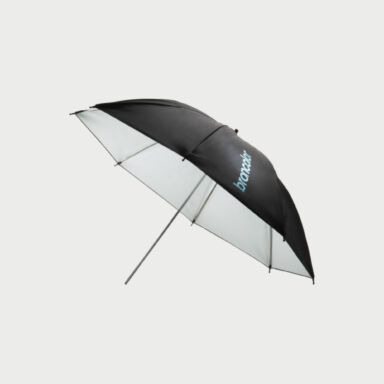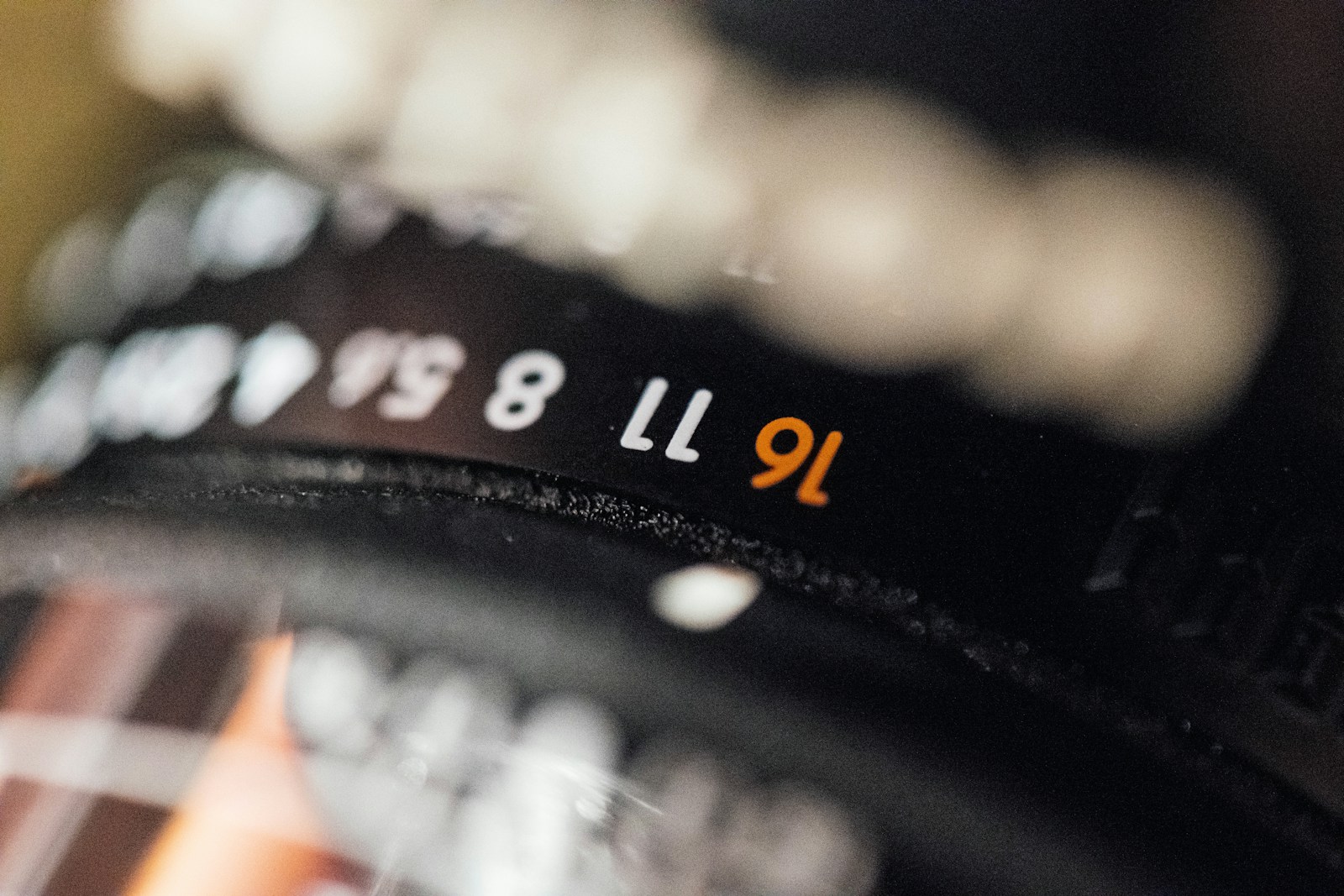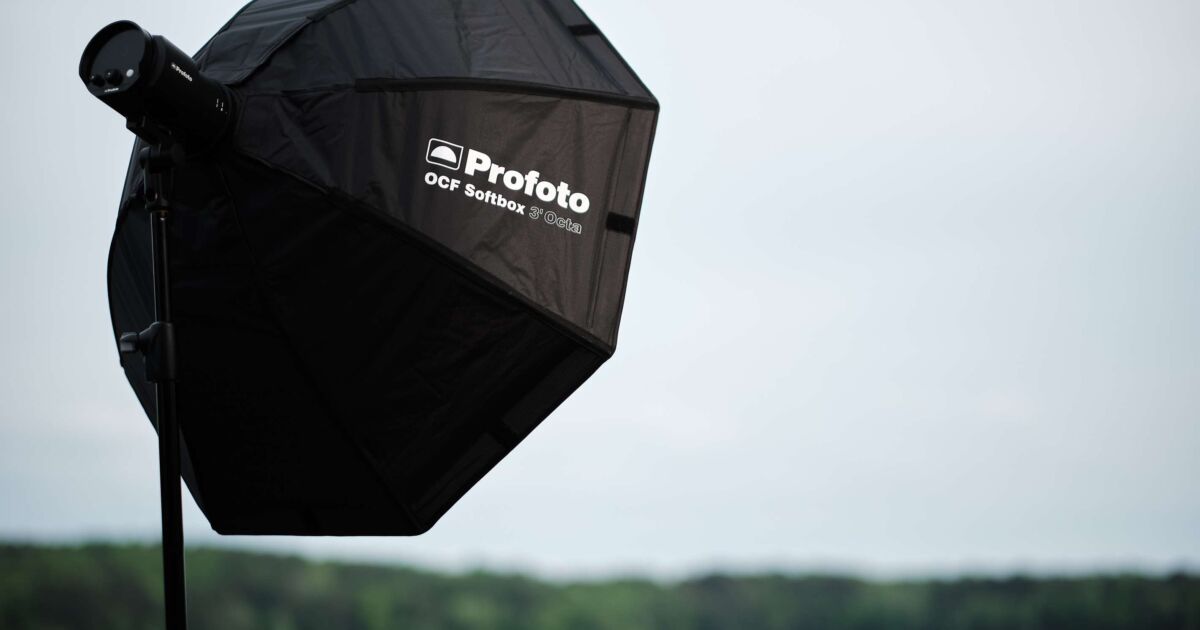The iris diaphragm, a crucial component in photography, regulates light entering the camera and influences exposure, depth of field, and the bokeh effect. Located within the lens, it adjusts the aperture, impacting photo brightness and composition. Understanding these concepts empowers photographers to make informed choices, enhancing their ability to capture high-quality, visually appealing images.
Cobra strobes, monolights, or even ring flashes, these strobes lighting are essential tools in photography. They provide photographers with the ability to control light to capture beautifully exposed photos. Understanding the different types of strobes lighting available and knowing how to use them in various situations will enhance the quality of your photos.
In this article, we explore with you the types of strobes lighting and when to use them to improve your lighting skills and express your creativity. It will help you choose the most suitable flash for each situation.
Table of contents
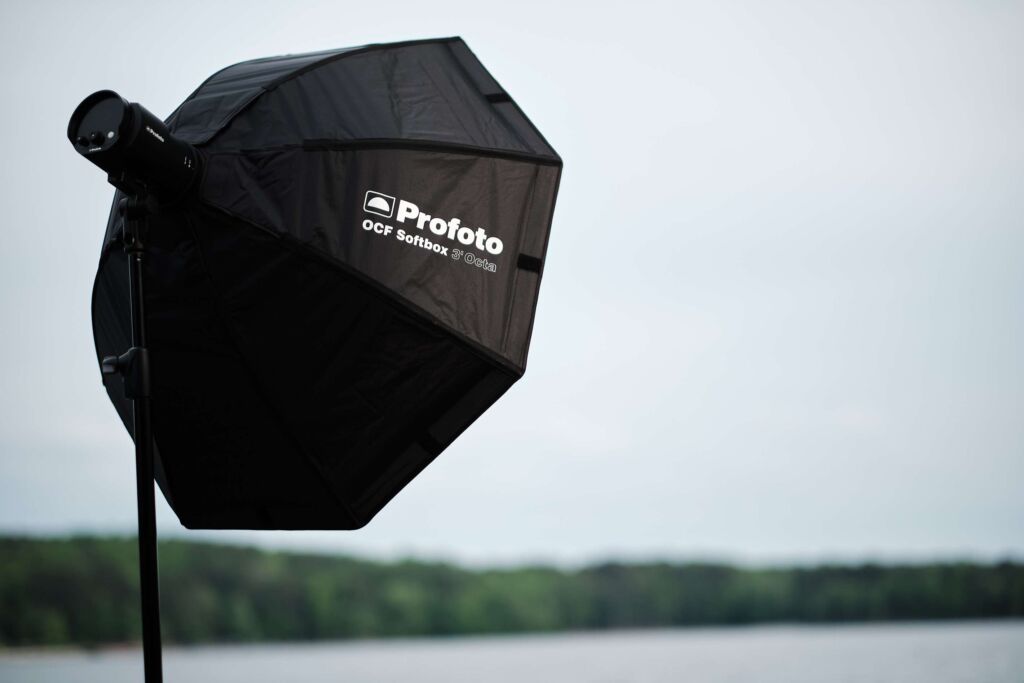
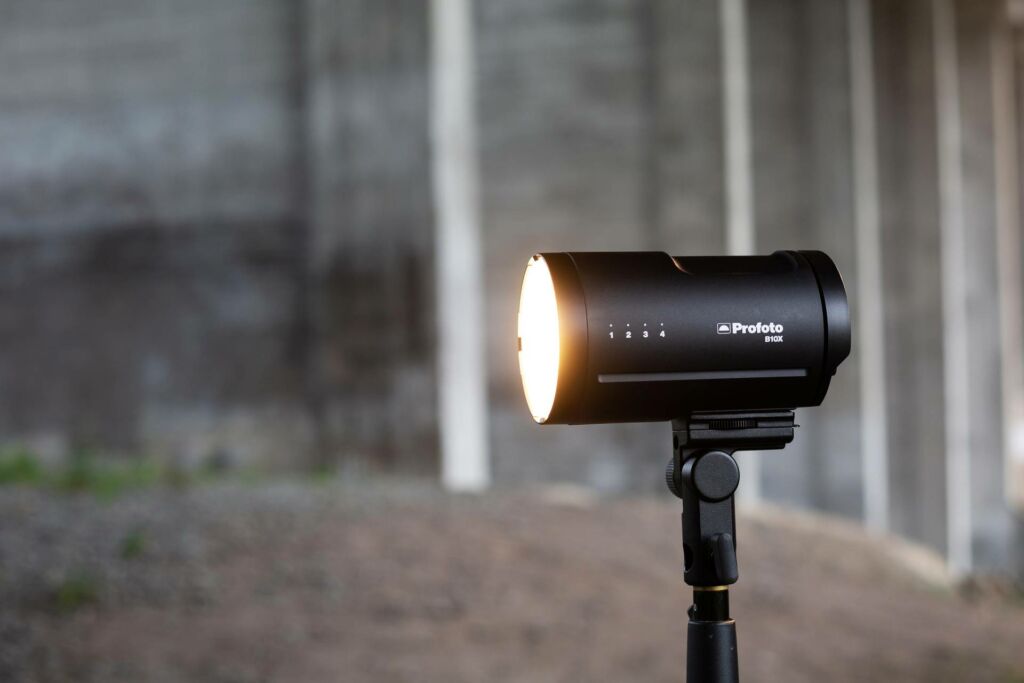
1. Why and when do you need a flash?
An off-camera flash refers to any flash unit separate from the one built into your camera. It can be mounted on the camera (speedlight) or on the lens, or placed anywhere around the subject (monolights). Generally, non-integrated flash units offer more advanced options.
Using a flash provides greater artistic freedom and better lighting control. With an artificial light source, you can experiment with different angles and directions to achieve more creative lighting effects.
Here are the main reasons why you may need to use a flash in photography:
- Low ambient light: When natural light is insufficient, such as indoors or in the evening, a flash helps properly illuminate the subject.
- Freezing a moving subject: By using a flash, you can shorten the exposure time and freeze a moving subject without blur.
- Obtaining more directional and controlled lighting: An external flash allows you to control the direction and quality of light, which is not possible with the built-in flash.
- Enhancing portraits: Flash, especially if placed away from the camera, can soften shadows and provide more flattering lighting in portraits.
2. The different types of flash
Speedlight
The speedlight is known for its easy adaptability, producing light similar to that of the built-in flash. A common method is to attach it to the camera’s hot shoe and aim it towards the ceiling. This setup helps illuminate the room evenly with soft light, creating the illusion of abundant natural light in your image.
Using the speedlight in this way is a great way to start using an external flash. It’s recommended to combine it with accessories such as light modifiers to control the quality of the lighting. This helps achieve professional results.
Ideal for: The speedlight is ideal for areas such as street photography, photojournalism, or event coverage, where responsiveness and adaptability are necessary. The external flash mounted on the camera’s hot shoe allows for quick adjustments and great versatility, contributing to enhancing the quality of your spontaneous shots.
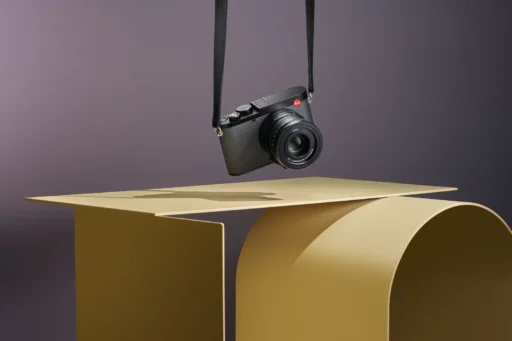


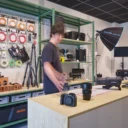
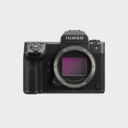 Photo
Photo 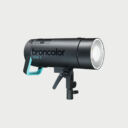 Lighting
Lighting  Tripods & Grip
Tripods & Grip 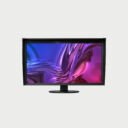 Digital
Digital 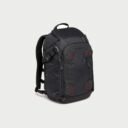 Bags & Cases
Bags & Cases 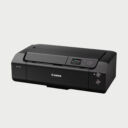 Printing
Printing 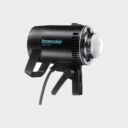 Continous lights
Continous lights 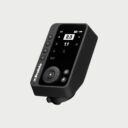 Transmitters
Transmitters 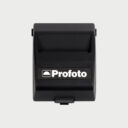 Accessories & Parts
Accessories & Parts 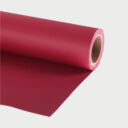 Accessories tripods & grips
Accessories tripods & grips 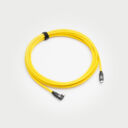 Cables & Tether
Cables & Tether 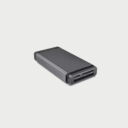 Hub & Adaptaters
Hub & Adaptaters 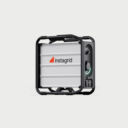 Portable power stations
Portable power stations  Sling bags
Sling bags 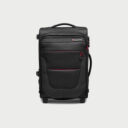 Rolling bags
Rolling bags 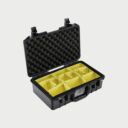 Hard cases
Hard cases  Organizers & Pouches
Organizers & Pouches 
